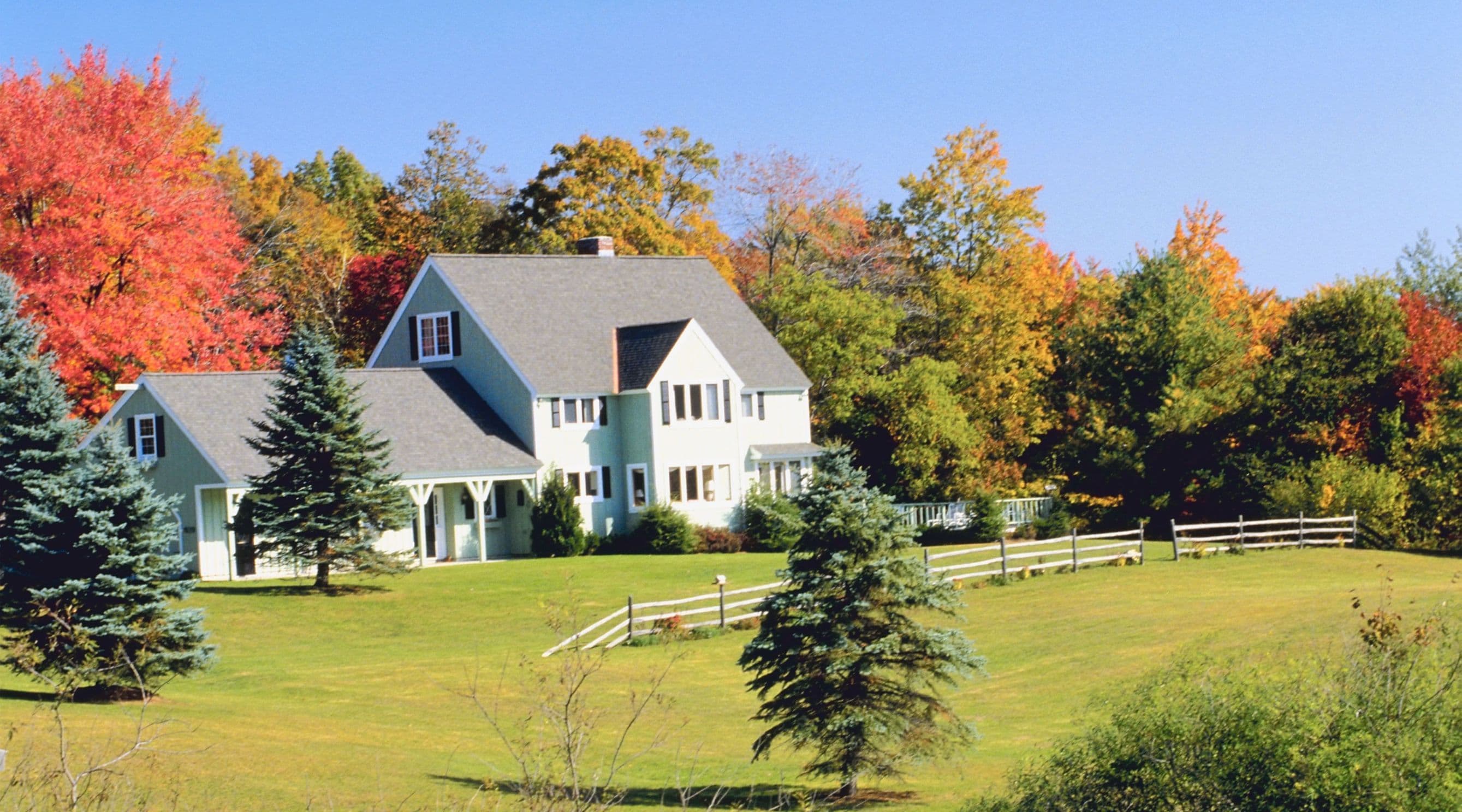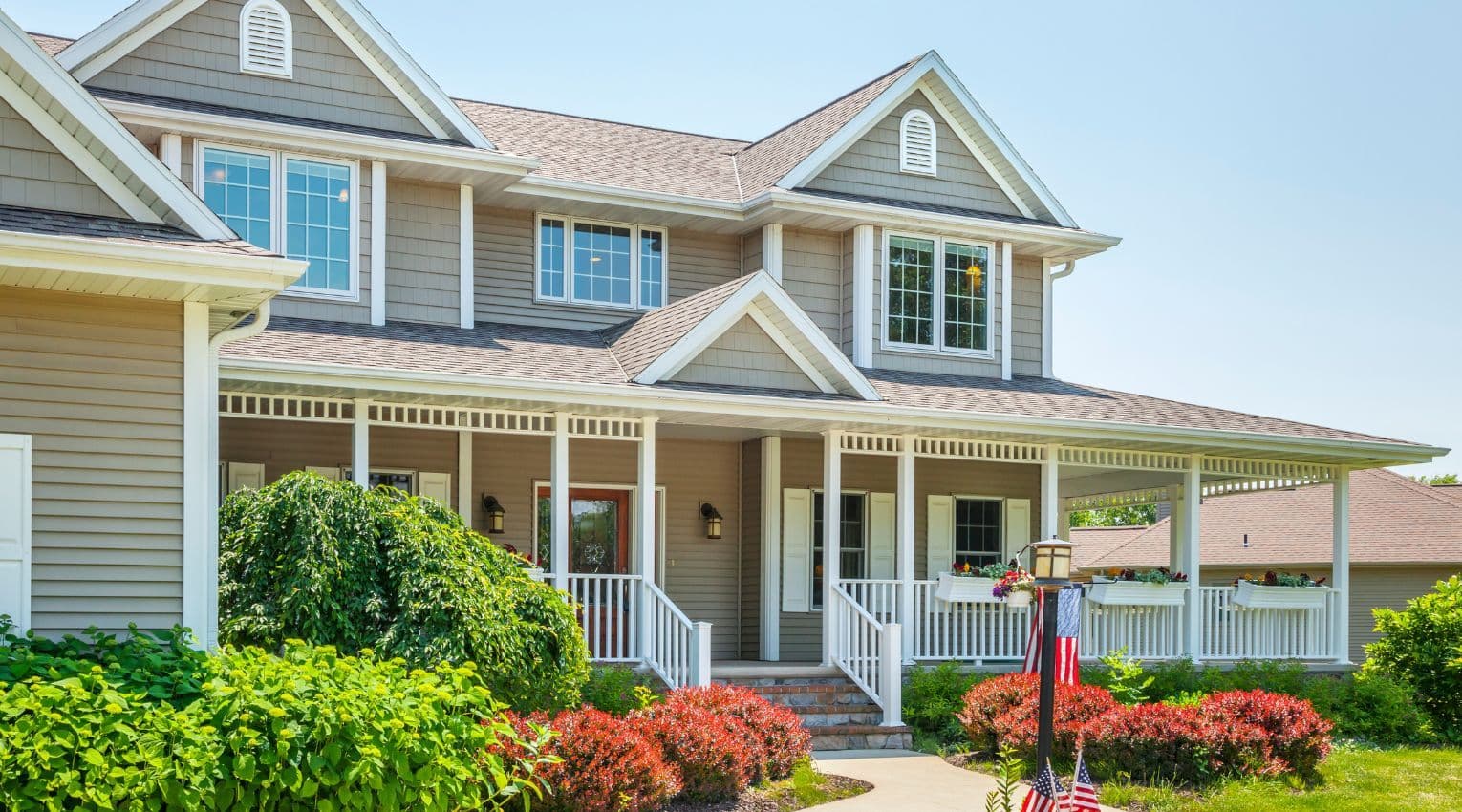Top 10 Tips for Preventing Water Damage

Water is one of the most common and plentiful substances on earth, covering 71% of its surface. And it may seem harmless. But when it comes to your home, it is one of the biggest and costliest threats, capable of significant short- and long-term damage. In fact, 1 in 60 insured homes makes a claim for water or ice damage each year.
We’ve rounded up some of the most important ways to prevent and mitigate water damage to your home.
1. Check your foundation for cracks
A periodic, DIY inspection of your foundation can be invaluable in helping you get ahead of potential water issues. The specifics you’re looking for vary a bit depending on your foundation:
- Slab foundation: Exterior examination of the concrete slab and interior foundation inspection
- Pier and beam: Inspecting for evidence of moisture and/or pest damage/infestation; looking at the concrete piers beneath the home and the wooden beams, floor beams, and floor joists above it
- Crawl space/basement foundation: Everything included in a pier and beam inspection, plus examination of the concrete slab and concrete block walls
2. Detect plumbing issues early
As the saying goes, “forewarned is forearmed,” and this holds especially true for plumbing problems that can lead to major repairs, replacements, and expenses. Running toilets, leaking faucets, or lower water pressure than usual — anything that seems small to begin with can quickly become a costly problem faster than you think, so it’s smart to take action at the first sign of trouble.
3. Familiarize yourself with your sump pump (and monitor it)
You’ve likely heard the term, but do you know exactly what a sump pump does if you have one? While they’re not found in all areas, it’s a critical device that can help keep your basement free of water by moving it out of your home through a discharge pipe. When water reaches a certain level, it triggers a switch that routes the water through the pipe and away from your home’s foundation. Depending on the type of pump, it can be battery-, electric-, or water-powered. But like any system or appliance, things can go wrong; keep an eye on your sump pump for stuck switches, excess water, or system failures after several years.
4. Monitor driveway drainage
It’s important to make sure that water stays not only out of your basement, but also that it has a clear path away from your foundation and driveway. While it may not seem like a big deal, the constant presence of water in your driveway can cause it to erode faster. Monitor your driveway for rocks, sand, and any pools of water that repeatedly form after rainstorms, and consider devising a plan to address them if they persist.
5. Recaulk your windows
Recaulking your windows can go a long way toward protecting your home from rain, snow, and sleet damage. Even a small opening in one of your windows that lets water in can build up over time, so it pays off to seal any tiny gaps you notice and keep up with regular caulking. Experts recommend caulking your windows every five to ten years — but obviously, if you notice issues in the meantime, you should address them as soon as possible.
6. Reduce the risk of water heater flooding
Water heaters can fail and flood for a variety of reasons, including old age, malfunctioning valves, and a cracked storage tank. You should be scheduling regular maintenance visits from a professional to keep your water heater in good working condition, insulate the heater’s pipes, and drain and clean the tank to reduce the amount of sediment.
7. Avoid clogged drains
Whether it’s hair or food, these materials can build up in your drains and lead to issues that cost a lot to fix. One of the easiest ways to prevent these problems is to avoid disposing of food waste in your sink if you don’t have a garbage disposal and regularly clean your drain stoppers.
In your bathroom, it can be beneficial to brush your hair before showering and protect your drain with a washcloth when bathing pets in the tub or shower. It’s also a good idea to remove hair and soap scum from your drains weekly and use a bacterial drain cleaner once a month to keep them clear.
8. Beware of HVAC leaks
There are several telltale signs of air conditioning refrigerant or coolant leaks to look out for, including warm air coming from the vents, hissing noises, an especially expensive electric bill, and higher-than-normal humidity. Of course, you’ll also want to ensure that all of your system’s panels and connections are securely attached to the wall and screwed in tightly.
9. Insulate pipes to keep them from freezing
As a homeowner, the last thing you want to deal with is a burst pipe during the winter season. Not only is it a hassle to handle, but it can cost you upwards of $2,000. It typically costs much less to have your pipes professionally insulated — the average price ranges from $120 to $240 — so it’s worth the time and money to outfit them for winter if you live in a colder climate. Another inexpensive option for outdoor faucets are insulated faucet caps, socks, and covers, which you can find at any home improvement store.
10. Invest in smart device water leak detectors
Fortunately, technological advancements have made it a lot easier to monitor and detect water issues early on; these include water leak detectors, which are designed to look for and alert you to the sudden appearance of moisture in your home (in places where it shouldn’t be). These aren’t inexpensive — the average cost is anywhere from $50 to $500 — but they can save you a significant amount of money and pain down the road by alerting you to problems right away so you can nip them in the bud.
Water can cause major damage to your home. But fortunately, with a little vigilance, there are many ways to prevent or address issues before they become a problem that is overwhelming and expensive to fix. Learn about more maintenance tips and get updates designed to help you get the most out of homeownership on your Home Equity Dashboard.
You should know
We do our best to make sure that the information in this post is as accurate as possible as of the date it is published, but things change quickly sometimes. Hometap does not endorse or monitor any linked websites. Individual situations differ, so consult your own finance, tax or legal professional to determine what makes sense for you.



